Figures & data
Figure 1. (Colour online) A schematic showing a single control volume and the action of the different mathematical terms in the SF expression. The location of a surface crossing, , is checked to be between the two molecules using the difference
while the various Λ expressions act to limit the crossing to within a rectangular region of the surface. The normal at the point of crossing is used in the calculation of the surface term. The top right shows different example contours between molecules including the Irving Kirkwood as a solid line and two interpretations of the Harasima as different dotted lines assumed to move tangentially to the surface until it gets to a line either normal (which is consistent with the definition but can have multiple solutions for an arbitrary surface) or along the z-axis.
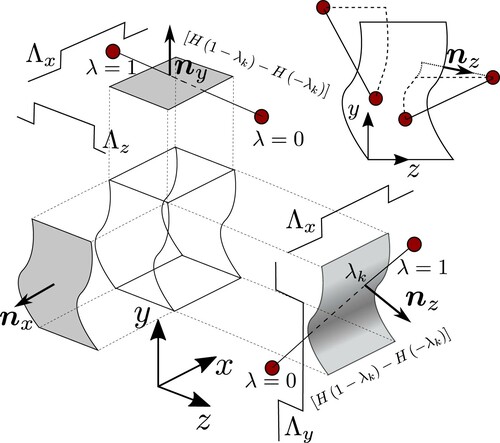
Figure 2. (Colour online) A schematic of the three cases considered in this work: (a) a solid-liquid interface with a fixed grid, (b) a liquid–vapour interface with a fixed grid and (c) a liquid–vapour interface with a grid moving with the intrinsic interface. The profiles of normal pressure are shown below with kinetic (![]()

Figure 3. (Colour online) Comparing wall-normal, , pressure measurements near a solid–liquid interface showing (a) half channel and (b) near-wall region. The kinetic components are shown for IK1 (
![]()
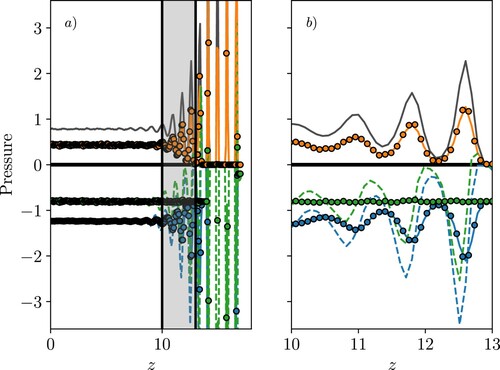
Figure 4. (Colour online) (a) Normal and (b) tangential
pressure near a liquid–vapour interface using a fixed reference frame (a uniform grid). The kinetic components for IK1 (
![]()
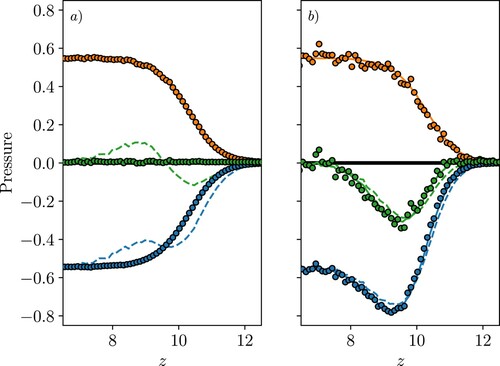
Figure 5. (Colour online) (a) Normal and (b) tangential
pressure for a reference moving with the liquid–vapour interface, showing the kinetic components for IK1 (
![]()
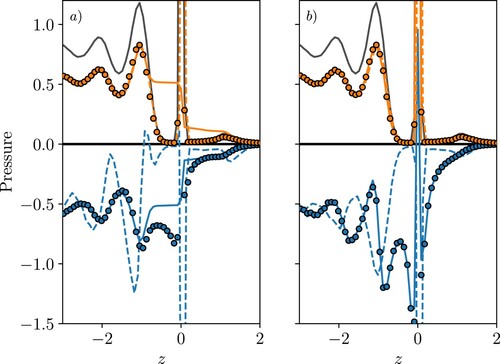
Figure 6. (Colour online) The total pressure components for a reference moving with the interface: (a) normal and (b) tangential
, with IK1 (
![]()
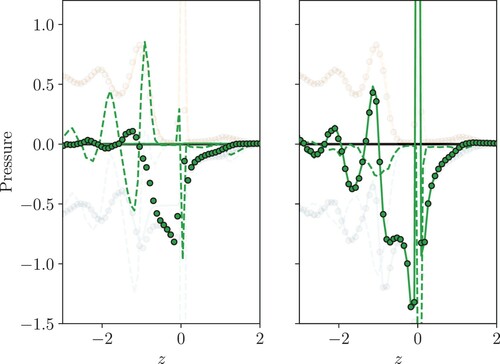
Figure 7. (Colour online) The cumulative integral of the total pressures in a reference moving with the interface shown in Figure with normal on (a) and the negative of the tangential
pressure shown on (b), starting from z=−5 up to the current z on the axis, for the IK1 (
![]()
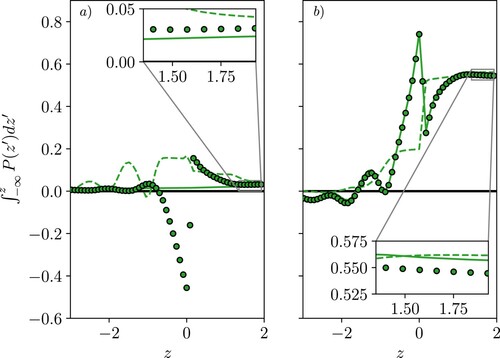
Figure 8. (Colour online) The terms required to balance normal pressure in a reference moving with the interface, where (a) shows the normal component of the Volume Average (VA) pressure, both kinetic (![]()
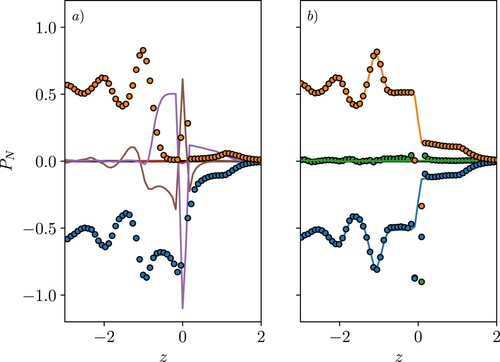
Figure 9. (Colour online) Total tangential pressure divided by density for quantities in a reference frame moving with the interface, VA (![]()
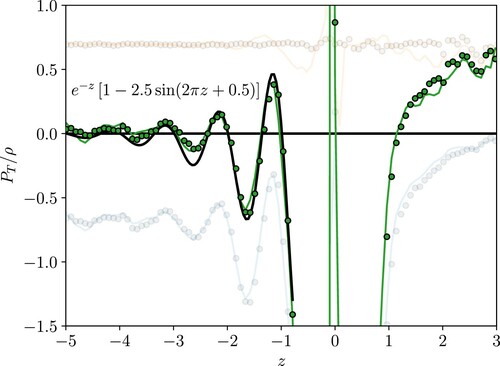
Data Availability
The data that support the findings of this study are freely available from https://doi.org/10.24435/materialscloud:5b-0g saved in the open Python pickle format with all required Python scripts to load the data and reproduce the figures in this work (as well as allowing further analysis of the data). The input files to simulate this exact case are also included in the above link with a README.txt explaining the process of building and running Flowmol. The latest version of the Flowmol code is freely available from https://github.com/edwardsmith999/flowmol, however, to ensure reproducibility, the version of Flowmol used to generate the data in this work is available at the following persistent link https://doi.org/10.5281/zenodo.4639546.
